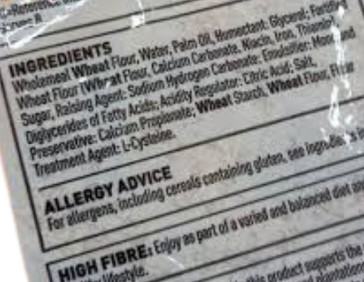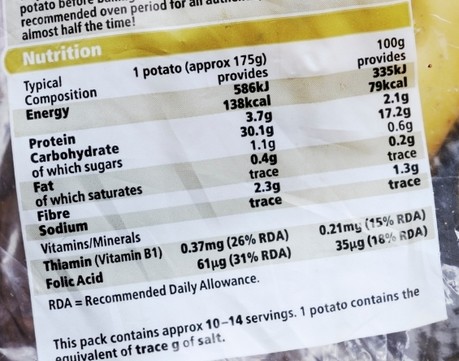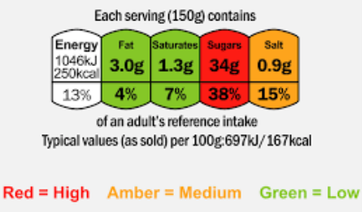Now that you’re half way through your journey, it’s time to check in…
How to tell when you’re getting healthier
Use this list to reflect on your physical wellbeing. You may notice improvements in the following areas:
- Breathing – Is it easier or more comfortable?
- Sleep – Are you sleeping better or waking more refreshed?
- Energy levels – Do you feel more energised throughout the day?
- Strength or stamina – Are you able to do more physical activity?
- Pain – Has any pain you experience reduced?
- Walking distance – Can you walk further than before?
- Body shape – Have your clothes started to fit differently?
- Blood glucose – Are your blood sugar levels more stable or within target?
- Blood pressure – Have your readings improved or normalised?
Make a note of whether you have noticed:
- no improvement
- some improvement
- a lot of improvement
You don’t need to notice changes in every area. Even small improvements are a sign that you’re making progress.
Meal planning
Do you usually plan your meals, or do you find yourself just checking the fridge or ordering takeaway when hungry? Sometimes quick decisions are necessary, but planning meals and snacks can ensure you have good choices ready when you need them.
Meal planning may feel challenging at first, but it can save money and reduce time spent thinking about food.
What do you think you would find helpful about planning ahead? Also what about it wouldn’t work for you?
List some of the advantages and challenges of meal planning.
Meal planner
NHS Inform has a weekly meal planner which can help with planning ahead.
Download meal plannerNow you have planned what to eat over the week, it’s time to hit the shops! Before shopping it can be helpful to consider the following:
- Make a list so you know what to buy. Remember to check your cupboards, fridge and freezer before you go
- Do not shop when you’re hungry. You will be more tempted by ‘quick hit’ foods, that are usually higher in fat and sugar content
- Reading food labels can give you lots of helpful information.
Understanding food labels
Most pre-packed foods have nutritional labelling on the packaging, but it can still be quite confusing to understand.
Being able to read food labels can help you choose healthier products and make you more aware of the amount of nutrients such as fat, sugar or salt in the product.
Ingredients are listed in order of weight, beginning with the food that contains in the largest quantity. This means that if sugar, or a type of sugar, is within the first few ingredients, then the food is likely to be high in sugar.

Nutritional information is usually in a table on the back or side of the packaging, or as a traffic light on the front of the pack, to help you make a quick choice.
Use the nutrition information per 100g to make comparisons between foods. The labels may refer to a recommended serving size that is different to the one you eat. For example a ‘serving’ may refer to one biscuit, but if you are eating two you will need to double it.

How to use the traffic light system:
- Red means high
- Amber means a medium amount
- Green means low
Try to choose products with more greens and fewer reds. Amber is neither high nor low so you can eat these foods in moderation.

Key points
- Plan meals snacks and drinks in advance this can helps you make the right choices.
- Once you have your plan, check what foods you have already and make a list of what you need to buy.
- Food labels can help you understand what’s in your food.